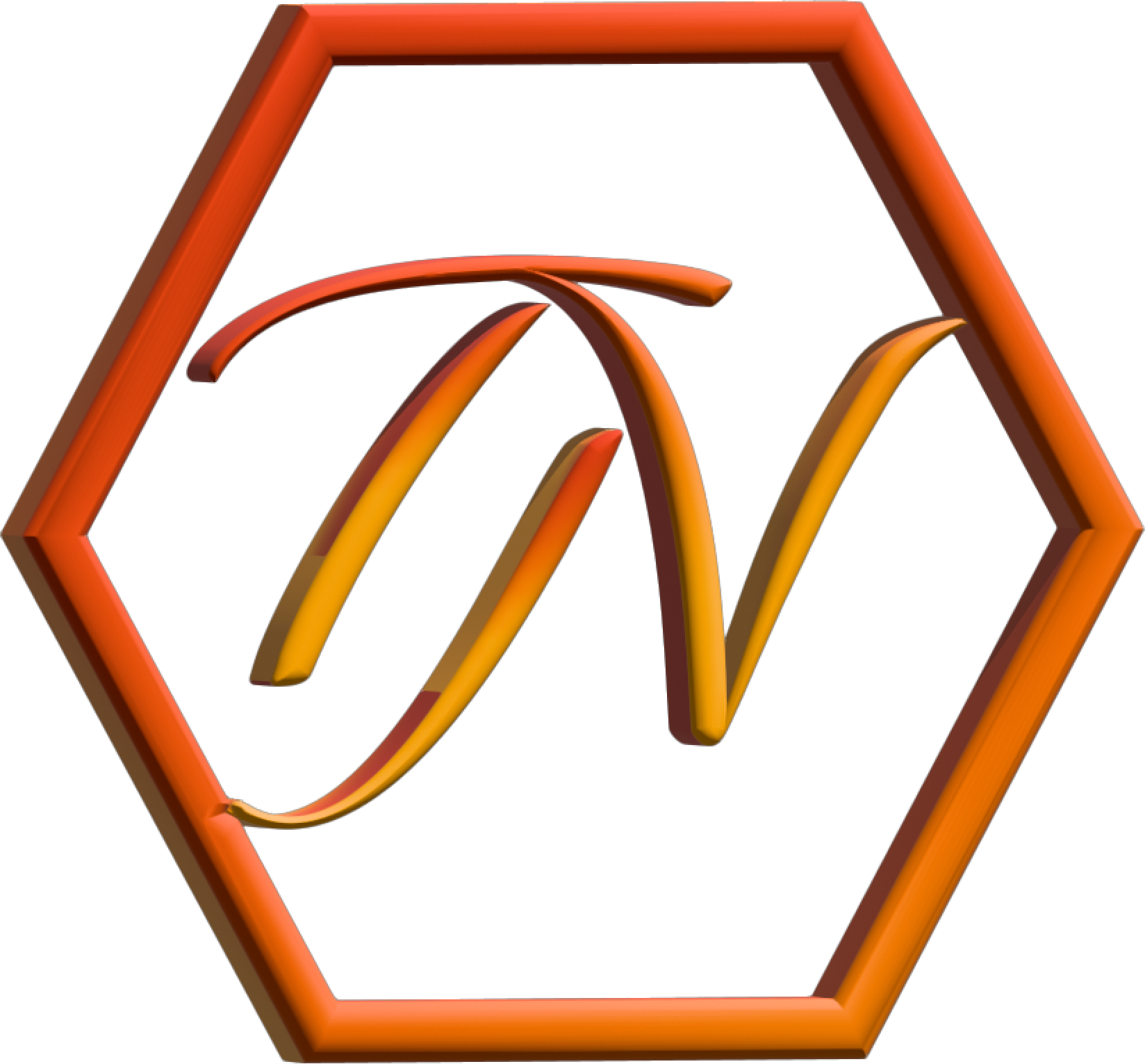data:text/plain;base64,VGphYXJ0J3MgZmlyc3QgbmFtZSBpcyBwcm9ub3VuY2VkICJDSEFSVCIgYW5kIGlzIHRoZSBBZnJpa2FhbnMgdmVyc2lvbiBvZiB0aGUgRHV0Y2ggbmFtZSAiVGphYXJkLiIgSGlzIGxhc3QgbmFtZSwgTmF1ZGUsIHByb25vdW5jZWQgIk5PLWRlYSwiIGNhcnJpZXMgYSByaWNoIGhpc3Rvcnkgd2l0aCBGcmVuY2ggcm9vdHMgYW5kIGhhcyBldm9sdmVkIGludG8gYSBwcm9taW5lbnQgQWZyaWthYW5zIGxhc3QgbmFtZS4KClRqYWFydCBob2xkcyBhIEJhY2hlbG9yIG9mIFNjaWVuY2UgaW4gQ29tcHV0ZXIgSW5mb3JtYXRpb24gU3lzdGVtcyB3aXRoIHRlY2huaWNhbCBlbGVjdGl2ZXMgaW4gU2VjdXJpdHkgZnJvbSB0aGUgVW5pdmVyc2l0eSBvZiBIb3VzdG9uIGFuZCBhbiBBc3NvY2lhdGUgb2YgU2NpZW5jZSBpbiBDb21wdXRlciBTY2llbmNlIGZyb20gSG91c3RvbiBDb21tdW5pdHkgQ29sbGVnZS4gSGUgcmVsb2NhdGVkIHRvIHRoZSBVbml0ZWQgU3RhdGVzIGluIDIwMTUgYW5kIGlzIG5vdyBhIHByb3VkIGNpdGl6ZW4sIGhhdmluZyBhY2hpZXZlZCBuYXR1cmFsaXplZCBjaXRpemVuc2hpcCBzdGF0dXMgaW4gMjAyMi4KClRqYWFydCBiZWxpZXZlcyB0aGF0IHRoZSBqb3VybmV5IGlzIGp1c3QgYXMgaW1wb3J0YW50IGFzIHRoZSBkZXN0aW5hdGlvbi4gSW4gb3RoZXIgd29yZHMsIHdoaWxlIHRoZSBkZXN0aW5hdGlvbiBnaXZlcyB1cyBkaXJlY3Rpb24gYW5kIHB1cnBvc2UsIHRoZSBqb3VybmV5IGFsbG93cyB1cyB0byBnbGVhbiBpbnNpZ2h0cyBmcm9tIGRpdmVyc2UgcGVyc3BlY3RpdmVzIGFuZCB1bmlxdWUgZXhwZXJpZW5jZXMgdGhyb3VnaCB0aGUgcGVvcGxlIHdlIGVuY291bnRlciBhbG9uZyB0aGUgd2F5LgoKTW9yZW92ZXIsIGhlIGJlbGlldmVzIGxhc3RpbmcgY2FyZWVyIHNhdGlzZmFjdGlvbiBhbmQgc3VjY2VzcyByZXF1aXJlIGEgc3RyYXRlZ2ljIGFsaWdubWVudCBvZiBwZXJzb25hbCB2YWx1ZXMsIHNraWxscywgYW5kIHByb2Zlc3Npb25hbCBhc3BpcmF0aW9ucy4gVGhpcyBhbGlnbm1lbnQgbGF5cyB0aGUgZm91bmRhdGlvbiBmb3IgbWVhbmluZ2Z1bCB3b3JrIGFuZCBzdXN0YWluYWJsZSBncm93dGguCgo=
- Conducted audits of Management of Change (MOC) processes to ensure compliance with ISO standards and governance frameworks.
- Facilitated third-party audits and effectively managed the audit schedules.
- Enhanced operational efficiency through the Master Data Management of over 17,000 pieces of equipment, including Functional Locations, Cost Centers, Work Centers, Work Breakdown Structures, and Maintenance Plans.
- Automated MOC report generation, cutting production time by 95%.
- Provided proactive recommendations concerning the Management of Change processes and procedures, SAP Master Data, and Maintenance Strategies.
- Multiple engineering disciplines: Electrical, Instruments, Mechanical (Statutory, Rotating), Civil.
- Across plant business units.
- Functional interaction with Process Safety, Engineering, Scheduling, and other stakeholders.
- 200+ tanks and spheres with 1 million m³ storage capacity.
- 4,500 pipelines across 1.4 m² area.
- 250 pressure equipment units and 480 pumps.
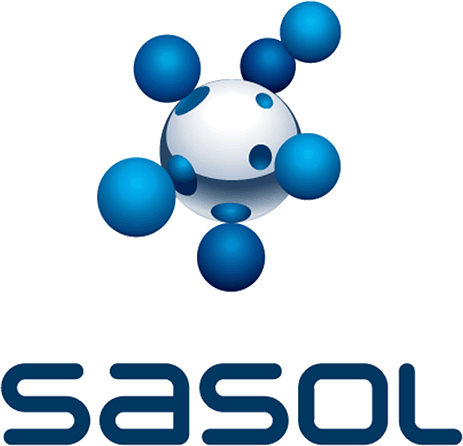
- Demonstrated leadership in directing MOC processes to align with organizational goals and enhance quality.
- Defined quality standards, conducted audits, and approved MOC proposals.
- Advocated for initiatives, facilitated management communication, and ensured proper training.
- Established key performance indicators, evaluated change effectiveness, and reviewed system performance.
- Developed MOC policies and ensured compliance with regulatory requirements.

- Strategically led the Values-Driven Leadership Cultural Transformation initiative for the Business Unit, aligned with the vision of the CEO and General Executive Committee.
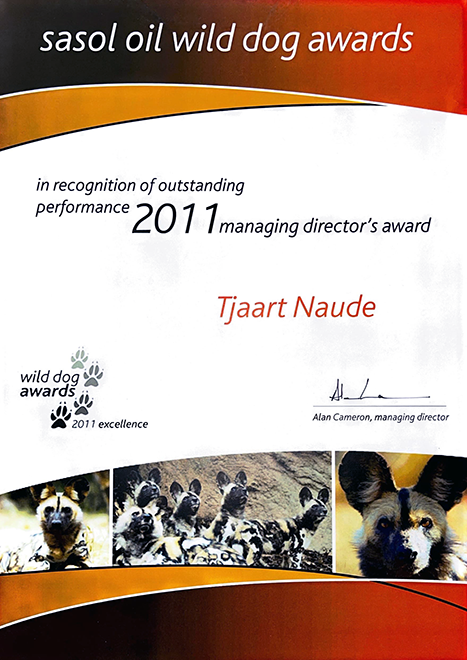
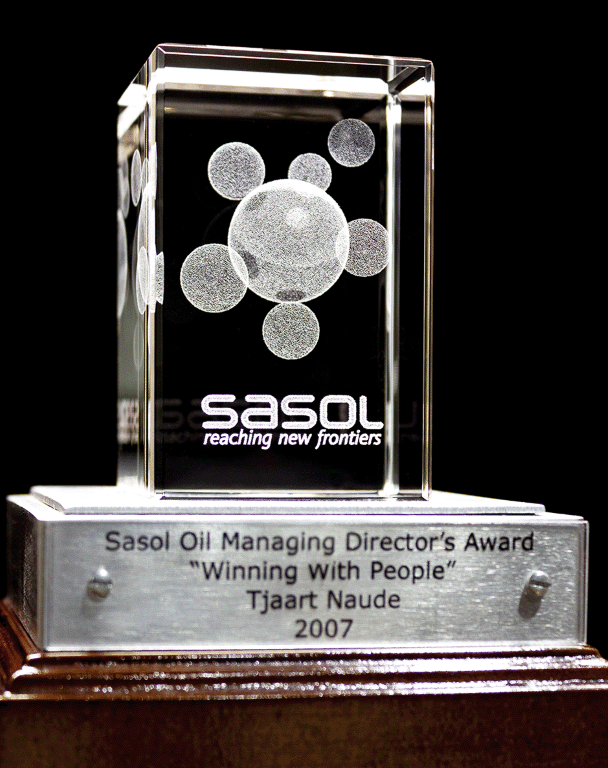
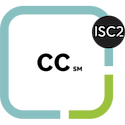
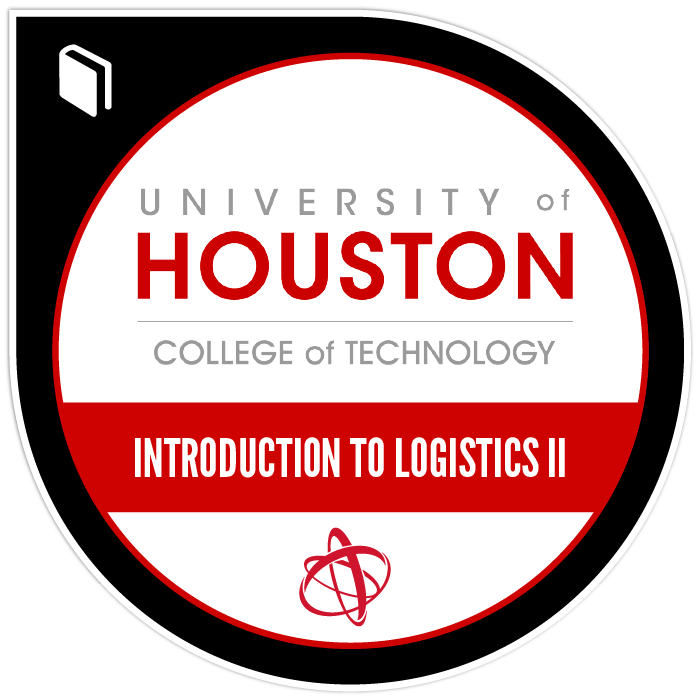

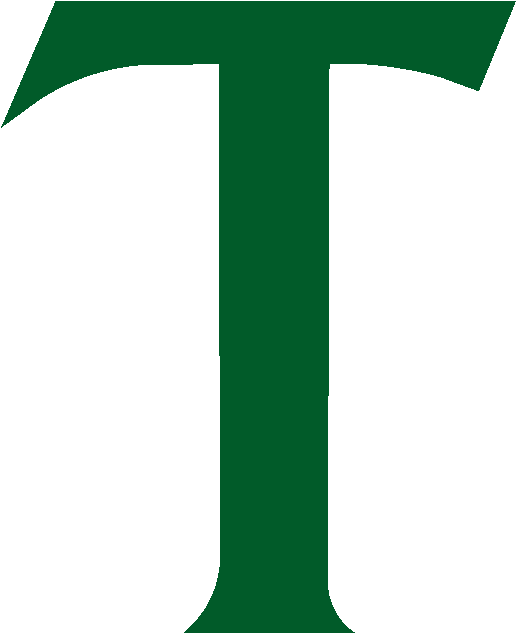
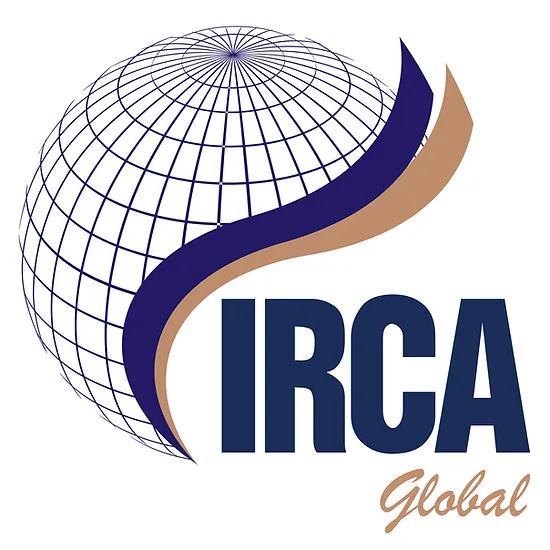

- Action-oriented problem solvers.
- Conceptualize what they want and organize themselves and others to achieve it
- Great organizational leaders, they understand how groups work and want everyone to become efficient and effective
- Outgoing, organized, and strong.
- Businesslike in addressing problems.
- Tough-minded leaders who aren't afraid of challenging others to defend their positions.
- Demand accountability.
- Analytical problem solvers.
- Working with ideas requiring extensive thinking. They can involve searching for facts and figuring out problems mentally.
- Involve starting up and carrying out projects. They can also include leading people and making many decisions. Sometimes, they require risk-taking and often deal with business.
- Working with, communicating with, and teaching people. These occupations often involve helping or providing service to others.
| Preferencearrow_upward | Relates to | Description |
|---|---|---|
| Extraversion | What captures people's attention? | Focus attention outwards and are drawn to the external world of action. Because they concentrate outwardly, they tend to become more talkative and have more varied interests |
| iNtuition | How do people learn about their world? | Go beyond their direct experience and focus on the meaning of the information. This gives them a "big picture" outlook on life, and they tend to become creative and innovative. |
| Thinking | How do people make decisions? | Make decisions based on impersonal criteria like principles and logic. They tend to become fair and businesslike because they apply the same rules to everyone. Thinking types ask: "Is this decision logical? Can I support the decision with facts?" |
| Judging | How do people approach life? | The term judging does not mean judgmental (being critical or negative) the emphasis is on making decisions. People who prefer Judging want their lives to be predictable, so they make decisions quickly. Judging types tend to be organized. |
